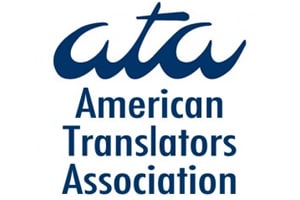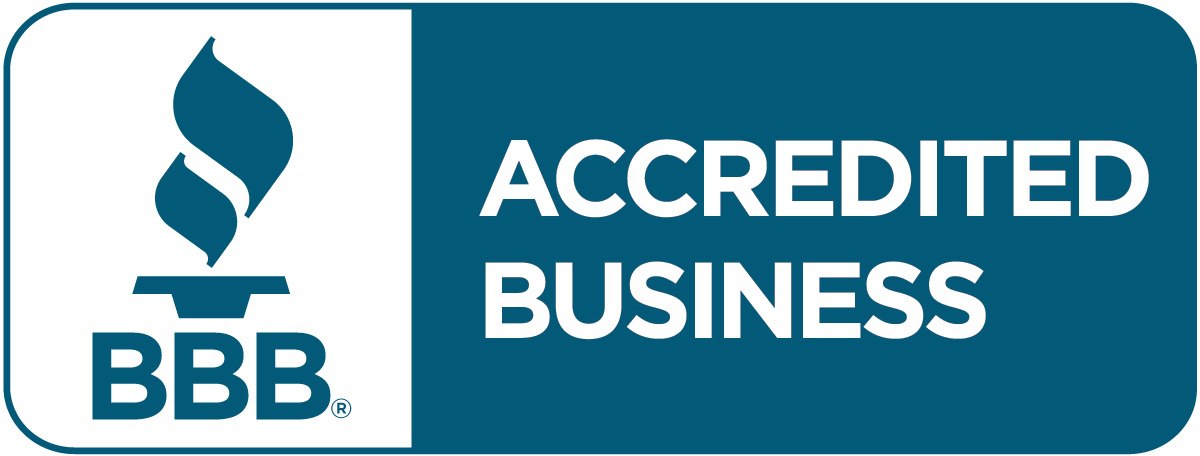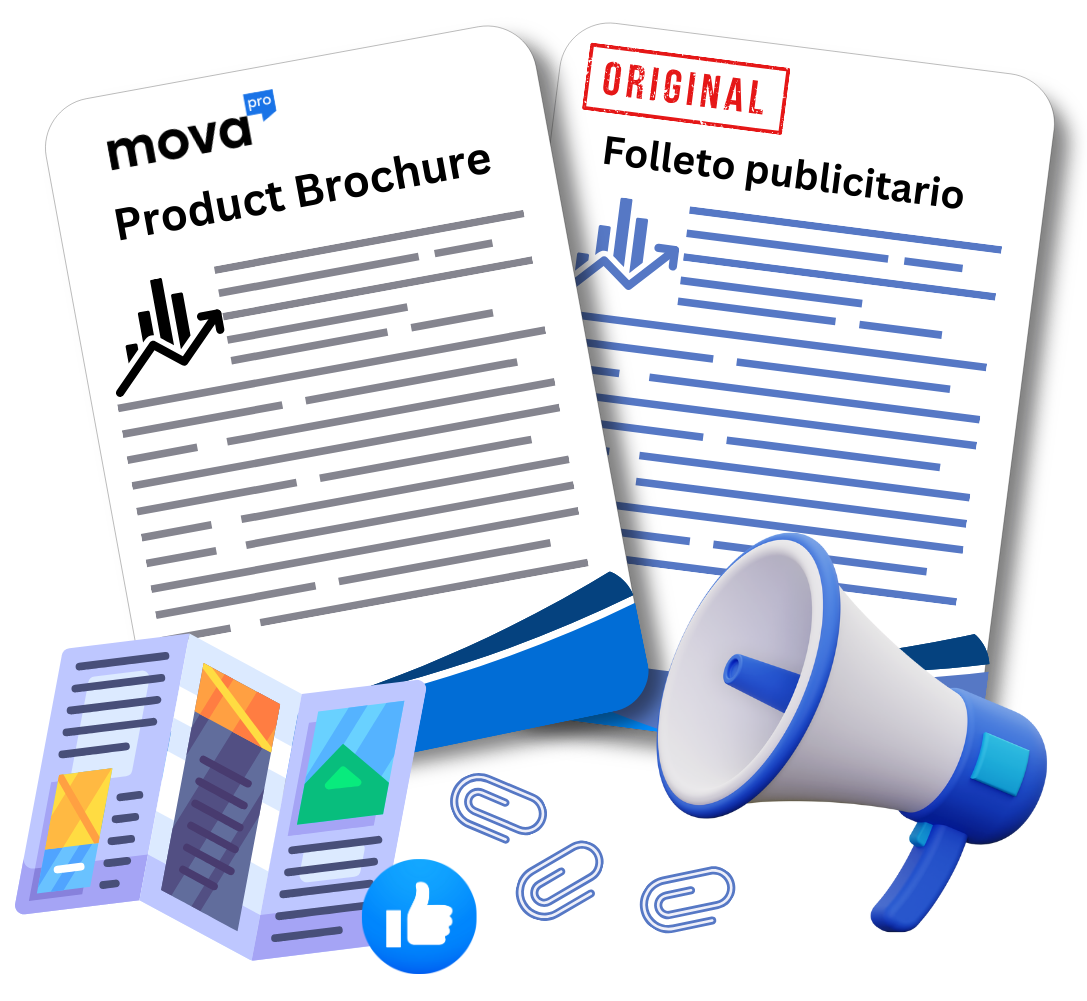Make Your Brand Speak Every Language – and Sound Good Doing It
- Native-speaking linguists with creative expertise
- Engaging, culturally adapted translations for marketing success
- Fast, flexible service with no minimum fees – even for small projects




The Key Advantages of Using Our Marketing Translation Services
Creative Linguists
Our expert translators adapt your marketing content with creativity and industry insight, ensuring it engages your audience globally.
No Minimum Fees
Transparent pricing with no hidden fees—pay only for what you need, whether it’s a single tagline or a full campaign.
Flexible and Fast
Fast and flexible turnaround times to keep your marketing projects on schedule without delays.
Request a precise quote now!
Just as your business evolves in today’s global marketplace, your marketing message needs to adapt for international audiences. Marketing translation enables you to connect with your target audience in their native language while preserving your brand’s essence and impact. When you’re expanding into new markets, you need more than just word-for-word translation – you need culturally-nuanced content that resonates with local audiences. As you navigate this complex landscape, understanding the strategic importance of marketing translation becomes vital for your global success.
Marketing Translation Fundamentals
Your success in global markets depends on effective marketing translation strategies. With studies showing that 76% of online shoppers prefer to buy products with information in their native language, mastering marketing translation fundamentals becomes crucial for your international business growth. This specialized form of translation combines linguistic expertise with cultural intelligence to ensure your marketing messages resonate with target audiences across different markets.
Definition and Scope
An effective marketing translation encompasses more than just converting words from one language to another. It involves adapting your entire marketing message, from website content to advertising campaigns, ensuring cultural relevance while maintaining your brand’s voice. Research indicates that companies investing in professional marketing translation services see up to 37% higher engagement rates in their target markets.
Cultural Adaptation Process
Behind every successful marketing translation lies a comprehensive cultural adaptation process. This systematic approach involves analyzing cultural nuances, local preferences, and market-specific behaviors to ensure your message connects authentically with your target audience. Studies show that culturally adapted marketing content performs 70% better than literally translated materials.
Due to the complexity of cultural adaptation, your marketing translation strategy must consider various elements such as color symbolism, imagery, idioms, and local customs. This process requires thorough market research, native language expertise, and deep cultural understanding. According to recent industry data, businesses that implement comprehensive cultural adaptation in their marketing translation see a 200% higher return on investment compared to those using basic translation services.
Global Brand Communication
Any successful international marketing strategy requires a well-planned approach to global brand communication. Your brand message needs to resonate across different markets while maintaining its core identity. Studies show that 75% of consumers prefer to buy products in their native language, making marketing translation an vital component of your global communication strategy.
Message Consistency
For your brand to maintain its impact across different markets, you need to ensure consistent messaging in all your marketing materials. Your brand voice, tone, and values should remain uniform whether you’re communicating in English, Spanish, or Mandarin. Research indicates that consistent brand presentation across all platforms can increase revenue by up to 23%.
Cultural Sensitivity
After identifying your target markets, you must adapt your marketing messages to align with local cultural norms and preferences. Studies show that 90% of consumers are more likely to trust brands that demonstrate cultural understanding and respect in their communications.
A deep understanding of cultural nuances can make or break your international marketing efforts. Your marketing translation strategy should consider local customs, traditions, color symbolism, and social practices. For instance, while white represents purity in Western cultures, it’s associated with mourning in many Asian countries. This knowledge helps you avoid cultural faux pas and build stronger connections with your target audience.
Marketing Materials We Translate and Localize
From catchy ad campaigns to detailed brand guidelines, we handle all types of marketing content. Our goal is to ensure your message feels natural, engaging, and impactful in any language.
Why Choose Our Marketing Translation Services?
- Linguists Who Understand Marketing – Our translators are not just language experts; they have backgrounds in journalism, creative writing, and advertising. We know how to sell with words that resonate.
- Transcreation and Localization – We adapt your content, ensuring cultural sensitivity, relevance, and the emotional punch your campaign needs to thrive globally.
- Flexible, No-Hassle Pricing – Forget minimum fees. Whether it’s a full campaign or a single tagline, you only pay for what you need. Small projects? No problem.
- Fast Turnarounds and Monthly Billing – We know marketing works on tight deadlines. Expect translations within 24 hours, and for regular clients, all requests can be bundled into a single monthly invoice.
- Seamless Communication – Need a quick update or small revision? We respond within one hour – because we understand that speed matters.
FAQ
Find the answers to the most frequently asked questions!
What types of marketing materials do you translate?
We translate a wide range of marketing materials, including ad campaigns, brochures, press releases, social media posts, product descriptions, brand guidelines, and email marketing campaigns.
How do you ensure the translation reflects our brand’s voice?
Our linguists specialize in creative writing and marketing, ensuring that your tone, style, and brand identity are preserved. We focus on transcreation – adapting the content to engage the target audience while staying true to your original message.
Is there a minimum word count or project size?
No! We don’t impose minimum fees for small projects. Whether it’s a tagline, slogan, or a few words, we’ll handle it without extra charges.
How long does it take to translate marketing content?
Most translations are completed within 24 hours. Larger projects may take longer, but we always aim to deliver quickly without compromising quality.
Can we accumulate small translations and pay once a month?
Yes! We offer monthly billing for regular clients. Send small requests throughout the month, and we’ll consolidate them into one convenient invoice.
What are your pricing options for marketing translations?
We offer three pricing tiers:
- Machine Translation with Post-Editing – $0.07 per word for general content.
- Human Translation with Quality Assurance – $0.10 per word or $25 per page.
- Specialized Translation by Marketing Experts – Custom pricing for high-impact projects.
How to Get Started with Your Marketing Translation
Bringing your marketing content to life in another language is simple with us. Here’s how it works:

1. Upload Your Marketing Materials
Submit your brochures, ads, press releases, and other marketing content through our secure file upload. We accept PDFs, Word documents, design files, and other standard formats.

2. Get a Quote & Select a Tier
We review your materials and provide a detailed quote within minutes. Choose from three pricing tiers based on the complexity and urgency of your project.

3. Translation, Review & Refinement
Our marketing translation experts handle your content, ensuring cultural adaptation and accuracy. Each translation is reviewed internally, with optional revisions available to fine-tune the final result.

4. Delivery & Project Completion
Receive your translated materials within 24 hours, ready to engage your target audience. For ongoing needs, we offer continuous translation support with flexible billing options.
Need ongoing translations? Just send requests as needed, and we’ll handle them – billing you at the end of the month.
Content Types in Marketing Translation
You need to understand the diverse range of content that requires professional marketing translation to succeed globally. From digital assets to traditional marketing materials, each type demands specific expertise and cultural adaptation.
- Website content and landing pages
- Social media posts and campaigns
- Email marketing materials
- Product descriptions and catalogs
- Advertising copy and slogans
Any successful marketing translation strategy must address all these content types cohesively.
| Content Type | Translation Considerations |
|---|---|
| Website Content | SEO optimization, cultural adaptation |
| Social Media | Character limits, local platform preferences |
| Marketing Collateral | Brand consistency, visual elements |
| Product Descriptions | Technical accuracy, local regulations |
| Advertising Copy | Cultural nuances, emotional impact |
Digital Content
Behind every successful digital marketing campaign lies carefully translated and localized content. Your online presence requires consistent attention to detail across multiple platforms, from website content to social media posts. Marketing translation for digital content focuses on maintaining your brand voice while optimizing for local search engines and user experience.
Traditional Marketing Materials
After establishing your digital presence, traditional marketing materials remain vital components of your global marketing strategy. Your brochures, flyers, and print advertisements need precise translation that maintains brand consistency across all markets.
Also, traditional marketing materials often serve as tangible representations of your brand in international markets. These materials require careful consideration of paper sizes, measurement units, and local printing standards. Your success in new markets often depends on how well these materials resonate with local audiences while maintaining your global brand identity.
Strategic Translation Elements
Many aspects of marketing translation require careful strategic planning to ensure your message resonates effectively across different markets. You need to consider cultural nuances, target audience preferences, and local market dynamics when adapting your content. Your marketing materials must maintain their persuasive power while being culturally appropriate and locally relevant.
SEO Considerations
About 75% of online searches worldwide are conducted in local languages, making SEO-optimized translation vital for your global marketing success. You need to research and implement location-specific keywords, adapt meta descriptions, and ensure your content aligns with local search engine algorithms. Your translated content should maintain its searchability while adhering to regional SEO best practices.
Brand Voice Preservation
Above all, maintaining your brand’s unique voice across different languages and cultures is vital for consistent global marketing. You must ensure your brand’s personality, values, and messaging remain intact while being culturally appropriate for each target market.
Due to the complexity of brand voice preservation, you need a comprehensive approach that includes style guides, glossaries, and cultural adaptation strategies. Your marketing translation strategy should focus on maintaining brand consistency while allowing for necessary cultural adaptations that make your message resonate with local audiences. Research shows that 75% of consumers prefer to buy products in their native language, making this balance vital for your global success.
Market Penetration Through Translation
Now, as you expand your business globally, effective marketing translation becomes your gateway to new markets. By implementing professional Marketing Translation, you can break through language barriers and connect with international audiences authentically. Research shows that 75% of consumers prefer to buy products in their native language, making marketing translation vital for your market expansion strategy.
Regional Adaptation
The success of your marketing translation depends heavily on regional adaptation. Your content needs to resonate with local customs, preferences, and cultural nuances. Studies indicate that 65% of multinational companies that invested in regional adaptation saw a significant increase in their market share within the first year of implementation.
Target Audience Analysis
For effective marketing translation, understanding your target audience is fundamental. You need to analyze demographics, purchasing behaviors, and cultural preferences in each market. Data shows that companies conducting thorough audience analysis before translation are 40% more likely to achieve their marketing objectives.
This comprehensive approach to audience analysis shapes your translation strategy. You’ll need to consider factors like local buying patterns, preferred communication channels, and cultural sensitivities. Research indicates that 72% of consumers spend most of their time on websites in their native language, highlighting the importance of tailoring your content to specific market segments.
Quality Assurance in Marketing Translation
Unlike traditional translation services, marketing translation requires a comprehensive quality assurance approach to ensure your message resonates with target audiences while maintaining brand consistency. Your marketing materials need to undergo rigorous checks for linguistic accuracy, cultural appropriateness, and brand alignment. Studies show that 75% of consumers prefer to buy products in their native language, making quality assurance in marketing translation a key factor in your international success.
Professional Standards
By adhering to ISO 17100 standards for translation services, you can ensure your marketing content meets international quality benchmarks. Your marketing materials undergo thorough evaluation by native speakers who understand local market nuances. Research indicates that companies implementing professional translation standards are 2.5 times more likely to experience revenue growth in new markets.
Review Processes
Marketing translation review processes protect your brand’s reputation across different markets. Your content goes through multiple stages of review, including initial translation, editing, and final proofreading by subject matter experts. This three-step approach has shown to reduce translation errors by up to 95% compared to single-reviewer processes.
Hence, implementing a robust review process in your marketing translation strategy is important for maintaining quality and consistency. Your marketing materials benefit from specialized tools and technologies that ensure terminology consistency, style guide compliance, and brand voice preservation. Industry data shows that companies with structured review processes achieve 30% higher customer engagement rates in international markets.



